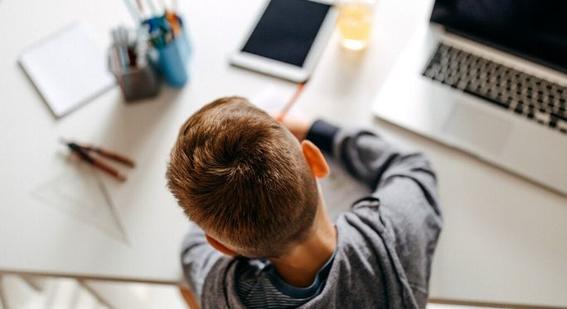Minimising the learning gap
As schools prepare to re-open their doors, policy makers, principals, and teachers are gearing up to face the pressing issue of addressing learning gaps introduced by the disruption.

A common concern shared amongst educators is how many students have accessed remote learning. Early in the UK’s lockdown Teacher Tapp data revealed that of teachers working in the most disadvantaged schools, 55% felt children were doing less than an hour’s work a day. Education systems that moved to online delivery benefitted from more readily available data about which students had accessed work and, in some instances, for how long. However, a central question remains for all eying up school re-openings: what has been the impact on learning?
The research into summer learning loss suggests the potential scale of the problem. The Effects of Summer Vacation on Achievement Test Scores: A Narrative and Meta-Analytic Review, published in 1996, indicated that the summer learning loss for American students (who have a summer break of around 10-11 weeks) was broadly equivalent to a month’s learning and particularly affected mathematical computation and spelling.
The research also suggests a potentially effective solution. A 2006 meta-analysis of out-of-school-time programmes indicated statistically significant positive effects for both reading and mathematics programmes with specific characteristics. However, the Department for Education in England identified that one of the biggest barriers to successful implementation of summer learning programmes is student attendance.
But do the barriers to students accessing summer learning programmes still apply? Like much of the rest of the world, the UAE education system rapidly transitioned to remote learning. The Ministry of Education closed schools across the UAE on 5 March. Shortly before the closures, the Ministry provided teaching staff with training on Microsoft Teams. The two-week spring break was brought forward by two weeks to allow time for teachers to prepare to deliver remote learning. Crucially, for several years before the crisis, the UAE had been developing digital capacity in schools, including digital teaching and learning resources and e-assessment capabilities.
While the impact of remote learning on students is still to be confirmed, the UAE has achieved high participation rates through a combination of existing infrastructure, emergency provision of laptops and internet access, and live-taught lessons. Remote learning is deemed to have been so successful that consideration is being given to some element of remote learning continuing when schools in the UAE re-open for the new academic year on 30 August.
UAE Storytime is a good example of one of the successful initiatives run during the period of school closures. Aimed at students aged between 5 and 11, UAE Storytime has been broadcast once a week at 9pm GST, and features one or more stories read out in English, book pages presented for children to read along with, and augmented reality objects to interact with. Each episode has been watched by thousands of children.
Recognising the potential benefits of offering out-of-school-time programmes, and the ways in which technology in a well-connected context can overcome issues of access, Cambridge University Press and the UAE Ministry of Education are collaborating on a new season of UAE Storytime to be broadcast over the summer months. Featuring stories from the Cambridge Reading Adventures series, read by original authors around the world, the series will run for six weekly episodes and – will be available to view internationally.
The first episode of the Cambridge Reading Adventures season will be broadcast at 7pm (UAE time) and 3pm (UTC/GMT) on YouTube. Each episode will be available to watch at a time that suits after first broadcast.




